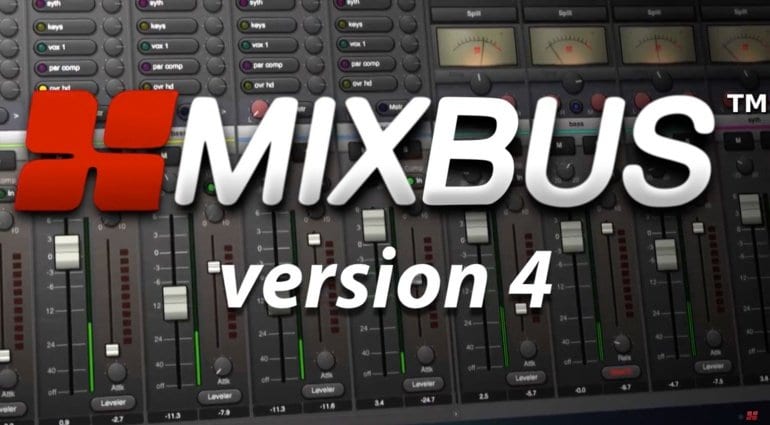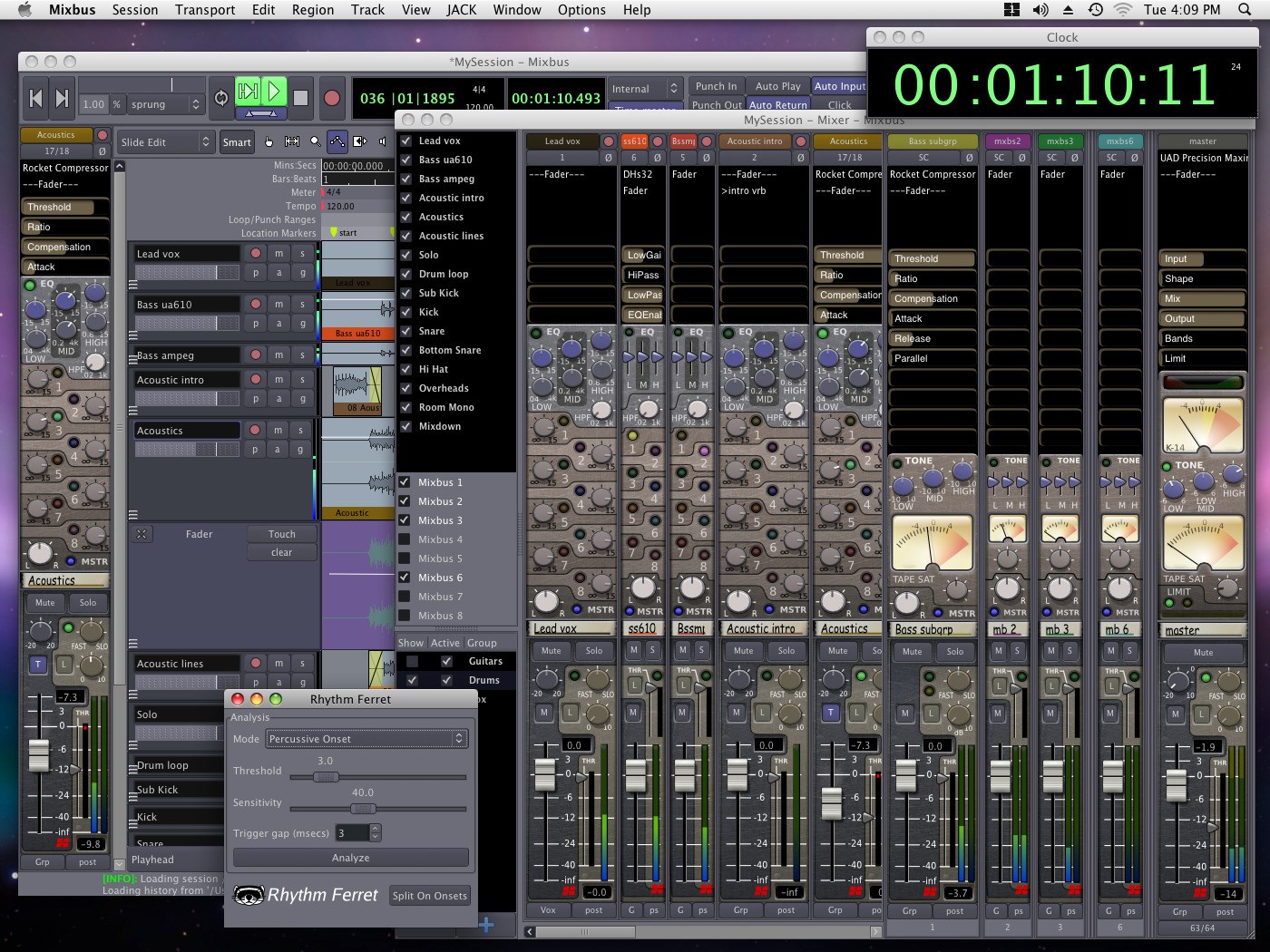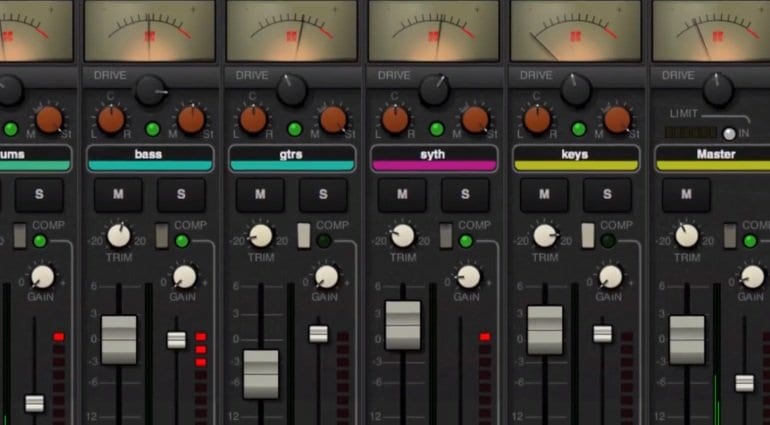
- #HARRISON MIXBUS 32C PDF#
- #HARRISON MIXBUS 32C 64 BIT#
- #HARRISON MIXBUS 32C FREE#
- #HARRISON MIXBUS 32C MAC#
You are the living extension of the electronic link between the perfect sound and the perfect master. Uninhibited by the bounds of technical obstructions. “Once you have reached the level of a Harrison Console, you are ready for new flights of engineering imagination. For technical issues, bug reports, and feature requests, email support is available from Harrison Consoles: you’d like to interact with other users of Mixbus, you can visit our forum: Rest assured that it is worth your time and effort to learn Mixbus. While Mixbus shares conventions with many other popular DAWs, it can still be a little difficult at the beginning. Getting started with a new DAW can be a challenging task. Each will launch a context menu that provides many features. Try right-clicking on tracks, regions, mute buttons, solo buttons, group panes, regions, selected ranges, markers, mixer redirects, clocks, the region list, and the marker bar area. *Mixbus uses the right mouse button for many features. The exported file can be shared online or burned to a CD. When you are finished, you can Export your session to an audio file using the Session->Export menu item. One of the cool features of Mixbus is the fact that your “Undo” history for each session snapshot is stored when you save the session This means that you can return to a session after a few days, and still undo the last changes you made, if you decide that they weren’t a good idea. Only a few editing operations (such as adding or removing a track) cannot be undone. If you make a mistake while recording or editing, you can click “Undo” to revert your changes. Saving a snapshot is instantaneous and takes up essentially no extra disk space (snapshots all share the same audio data in the session folder). Snapshots conveniently save your entire editing/mixing session for later recall. You can save multiple snapshots of your settings inside that session. You’ll find the list of available templates when you create a new session. If you find yourself starting the same way for each session, you can create a session template which will be available as a starting point next time you start a new session. You can also create tracks by right clicking in the gray track area under the track headers, or by right-clicking in empty mixer-window space, or by clicking the blue “+” button in the top of the mixer window’s left-side panel.Īlternatively, you can create new tracks by Importing existing audio from the Session-Import menu. Use the “Add Track/Bus” dialog which can be found in the Session and Track menus. Instead, when you first launch Mixbus, it will guide you through creating or selecting a session before you can start to record, import, edit or mix your project.Ī session is a collection of tracks. Unlike a word processor, Mixbus does not allow you to start an empty document and then “save” it later. A session is a folder on your hard drive that stores all of your recordings, edits, and mixer settings together. Mixbus is an editor that works on a document format called a Session.

#HARRISON MIXBUS 32C PDF#


#HARRISON MIXBUS 32C 64 BIT#
64 Bit system with kernel version 2.6 or higher.

#HARRISON MIXBUS 32C MAC#
For M1 and M2 mac hardware, a 'native' M1 build is provided (Use the Mac-ARM version).
#HARRISON MIXBUS 32C FREE#
There is a free "demo" version to see if Mixbus works with your setup. Mixbus v8 and Mixbus32C v9 run on nearly any desktop or laptop computer running a 64 Bit version of Windows, Mac, or Linux.


 0 kommentar(er)
0 kommentar(er)
